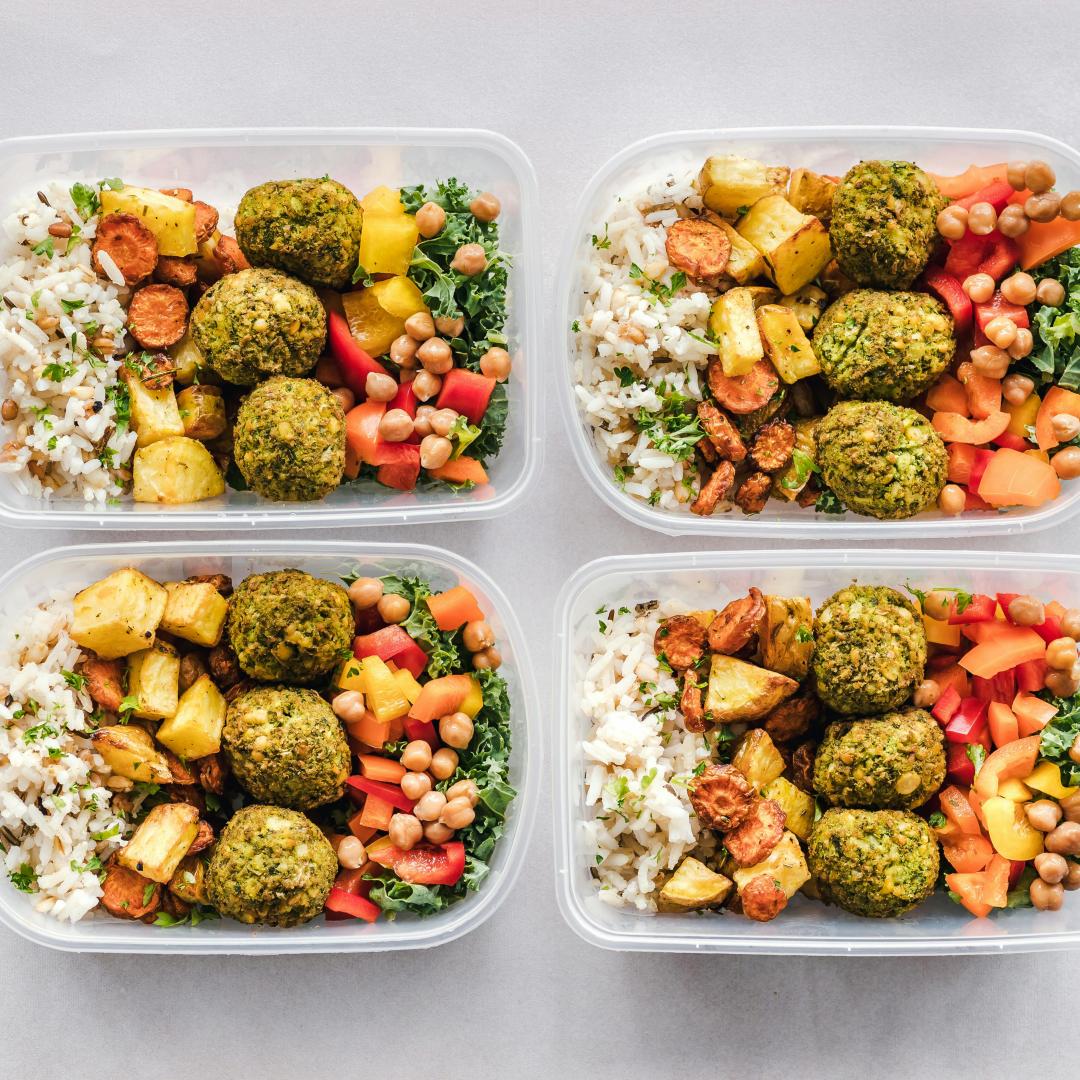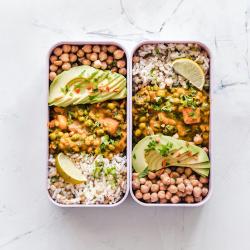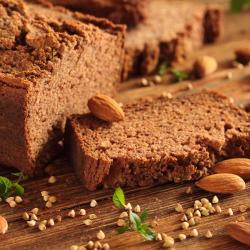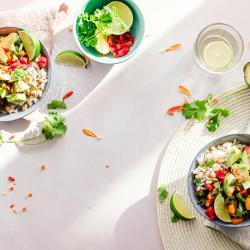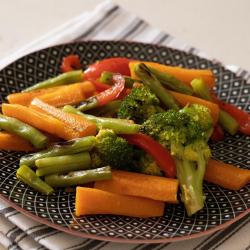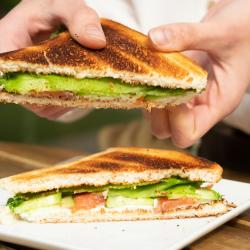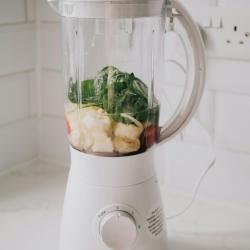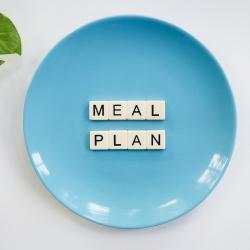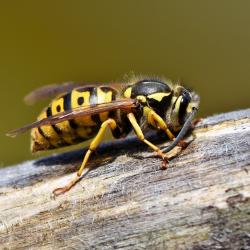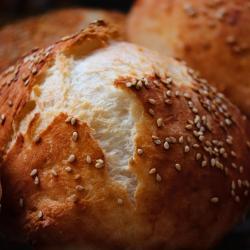Meal Planning for Special Diets: Gluten-Free, Vegan, and More
Meal planning for special diets has become an essential skill for many households. Whether driven by health reasons, ethical considerations, or personal preferences, special diets can seem challenging at first but can lead to a rewarding culinary experience. This article explores meal planning strategies for some of the most common special diets: gluten-free, vegan, and others, providing tips and ideas to make the process easier and more enjoyable.
Understanding Special Diets
1. Gluten-Free Diets:
Gluten is a protein found in wheat, barley, and rye. People with celiac disease, non-celiac gluten sensitivity, or a wheat allergy must avoid it. A gluten-free diet eliminates all products containing these grains, including many breads, pastas, and baked goods.
2. Vegan Diets:
Veganism excludes all animal products, including meat, dairy, eggs, and often honey. Vegans rely on plant-based foods such as fruits, vegetables, grains, nuts, and seeds for nutrition. This diet is often adopted for ethical, environmental, or health reasons.
3. Other Special Diets:
- Ketogenic Diet: Focuses on high-fat, low-carb foods to promote ketosis, a metabolic state in which the body burns fat for fuel.
- Paleo Diet: Emphasizes whole foods believed to be similar to what could have been eaten during the Paleolithic era. This includes meats, fish, vegetables, and fruits, while excluding processed foods, grains, and legumes.
- Low FODMAP Diet: Designed to reduce symptoms in people with irritable bowel syndrome (IBS), this diet limits foods high in specific fermentable carbohydrates.
Meal Planning Tips
1. Start with a Base:
Identify what staples you can work with. For gluten-free diets, this includes naturally gluten-free grains like rice, quinoa, and corn. Vegans can rely on items like beans, chickpeas, and tofu. Ensure you have a variety of these staples on hand to make meal prep flexible and easier.
2. Focus on Nutrient Balance:
Each diet has specific nutritional pitfalls. Gluten-free eaters should watch for a lack of fiber, which can be countered by incorporating legumes, nuts, and seeds. Vegans need to ensure they consume enough protein, vitamin B12, iron, and omega-3 fatty acids, often from fortified foods and supplements.
3. Plan Ahead with Recipes:
Having a repertoire of go-to recipes can simplify meal planning. For a gluten-free dinner, consider dishes like quinoa-stuffed bell peppers. Vegans might enjoy a hearty lentil soup or a vegetable stir-fry with tofu. Keep a growing list of recipes that you’ve enjoyed and build from there.
4. Bulk Cooking & Freezing:
Make meal planning less burdensome by cooking in batches. Dishes like soups, stews, and casseroles are perfect for cooking in large quantities and can easily be frozen for later use, saving time on busy nights.
5. Variety is Key:
To prevent diet fatigue, regularly introduce new ingredients and flavors. For example, try different gluten-free flours like almond, coconut, or buckwheat in your baking. Vegans can experiment with various plant-based proteins and cuisines from around the world.
6. Consider Professional Guidance:
Sometimes, understanding the complexities of a special diet requires professional advice. Dietitians or nutritionists can provide valuable guidance tailored to your health needs and preferences.
Conclusion
Meal planning for special diets is an evolving, creative process that involves understanding dietary restrictions, balancing nutrition, and incorporating variety. With the right strategies in place, preparing meals that align with your dietary needs can be enjoyable and satisfying. Whether you're gluten-free, vegan, or following another special diet, remember that flexibility, exploration, and a positive attitude are your best allies in creating delicious and nutritious meals. As you become more accustomed to your dietary lifestyle, meal planning will not only become easier but also a delightful part of your daily life.
